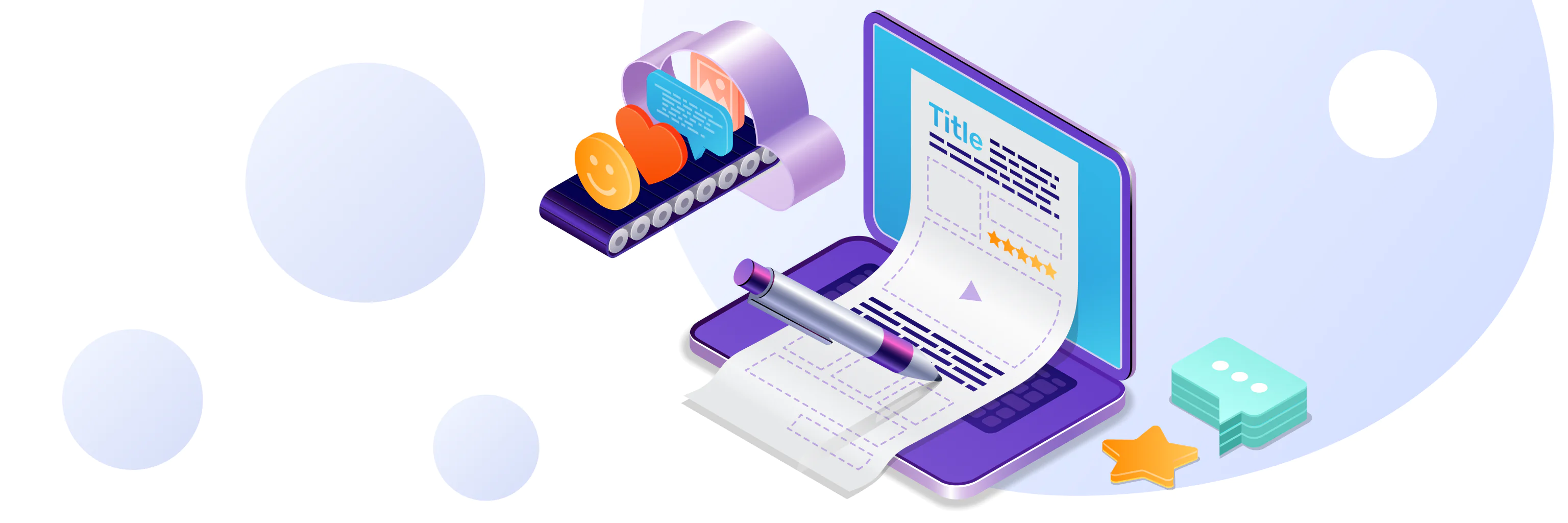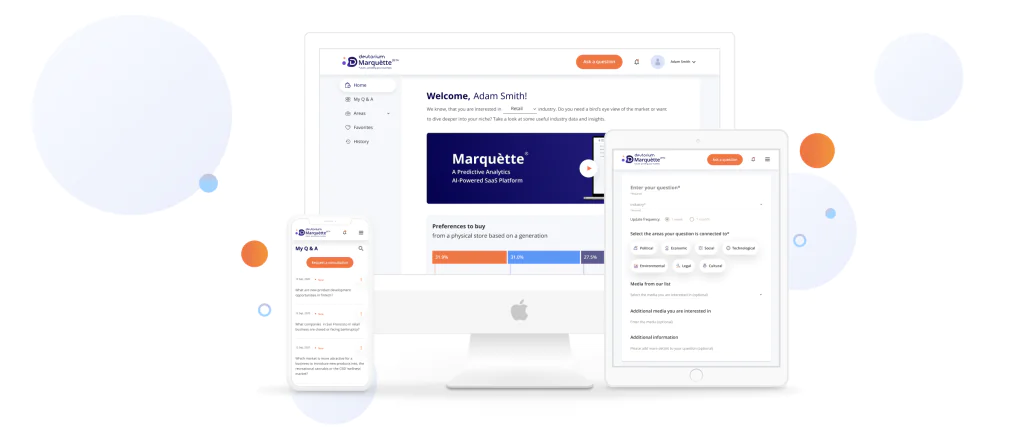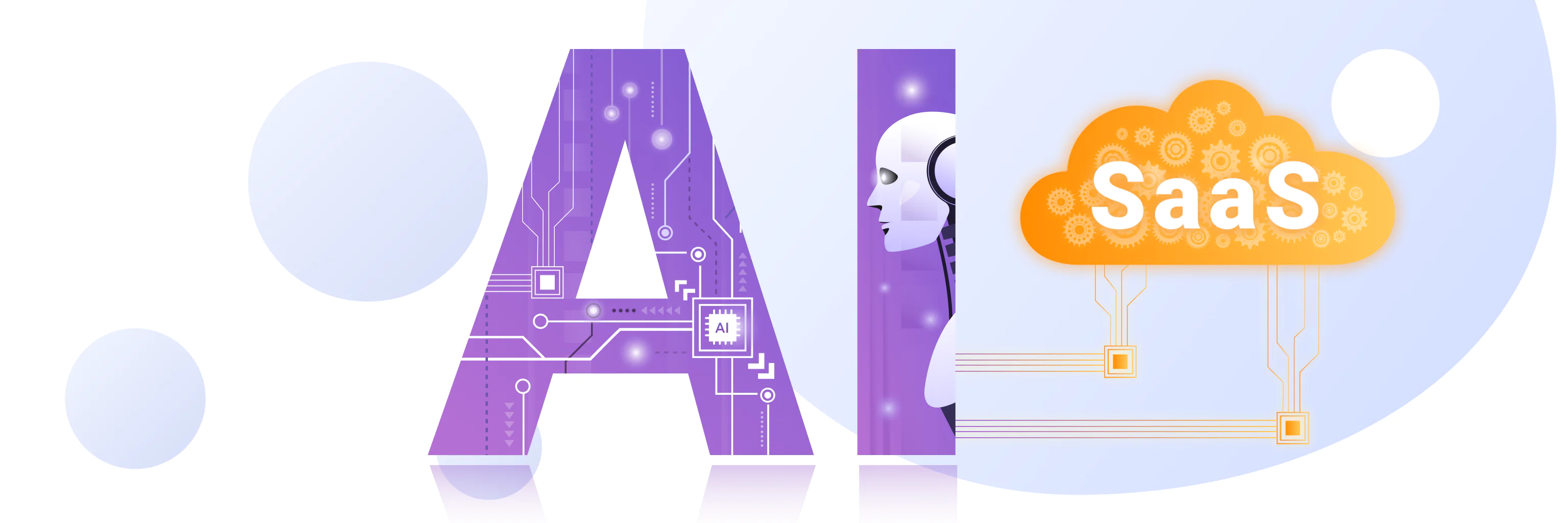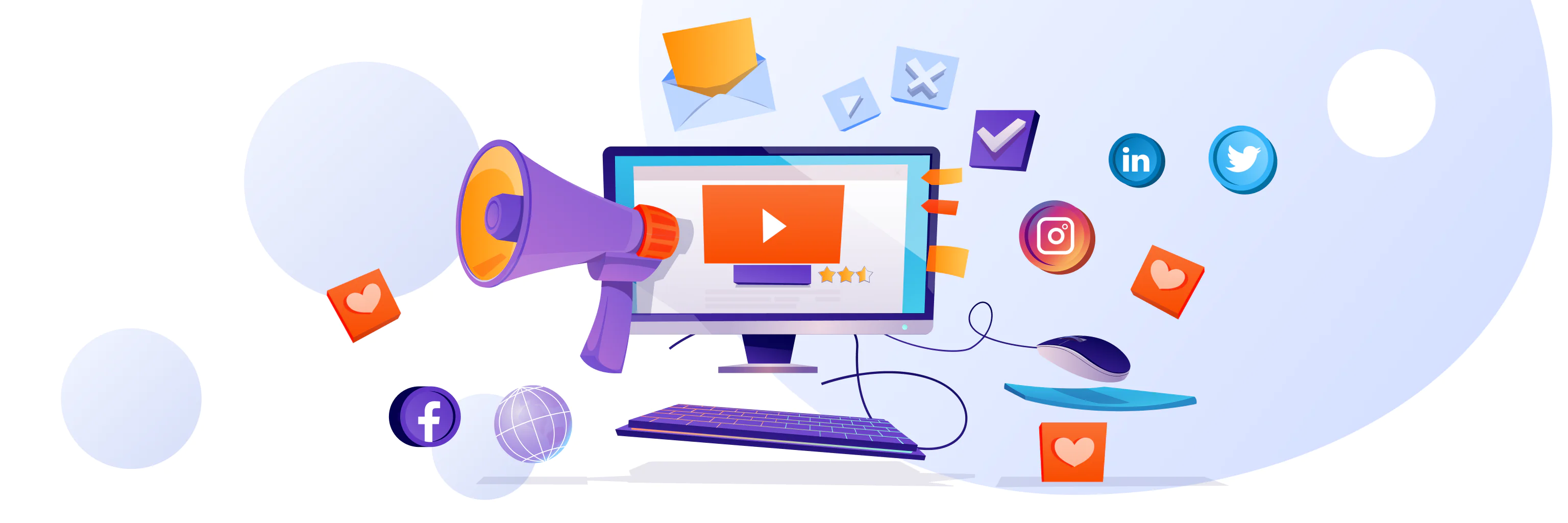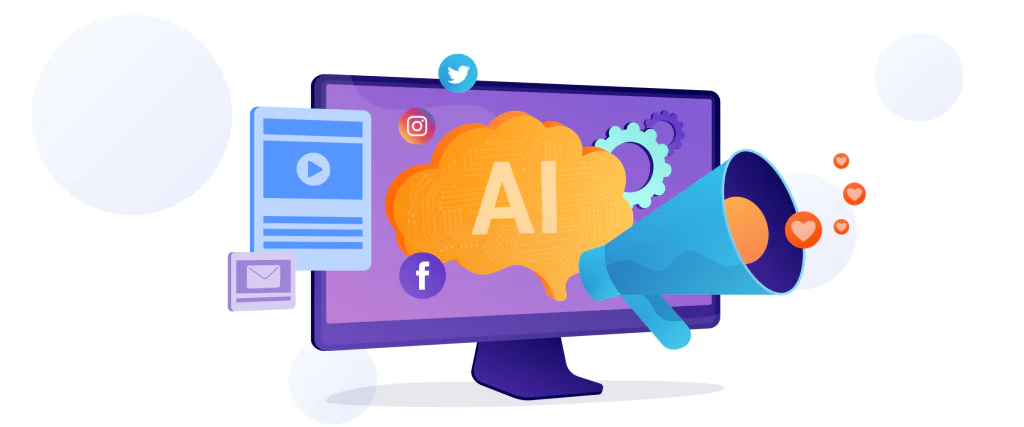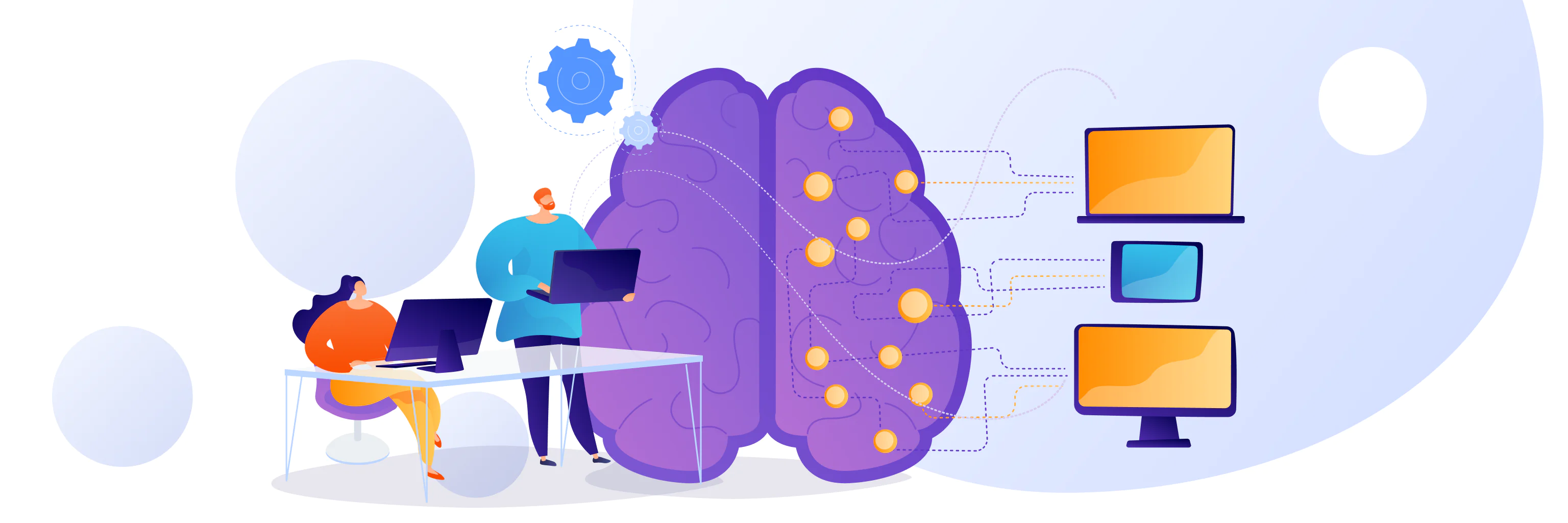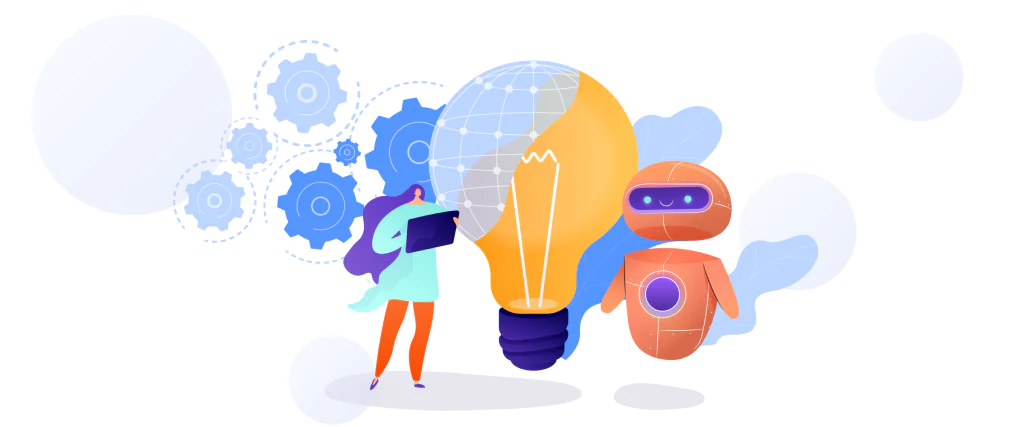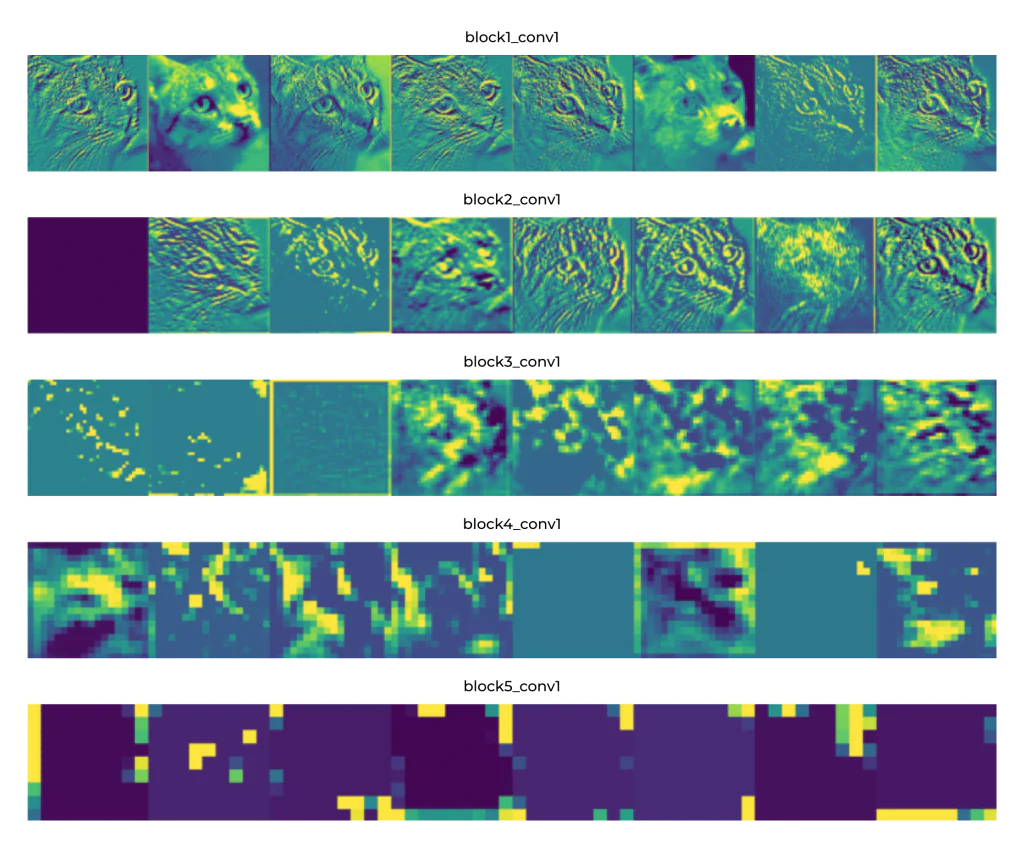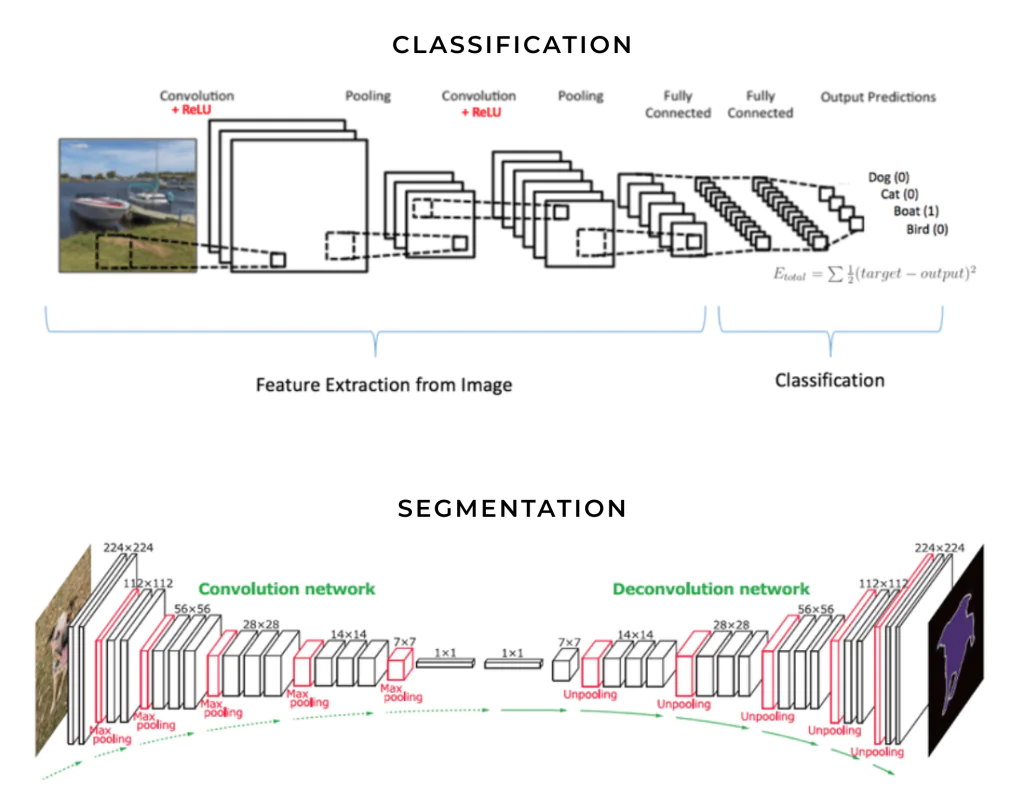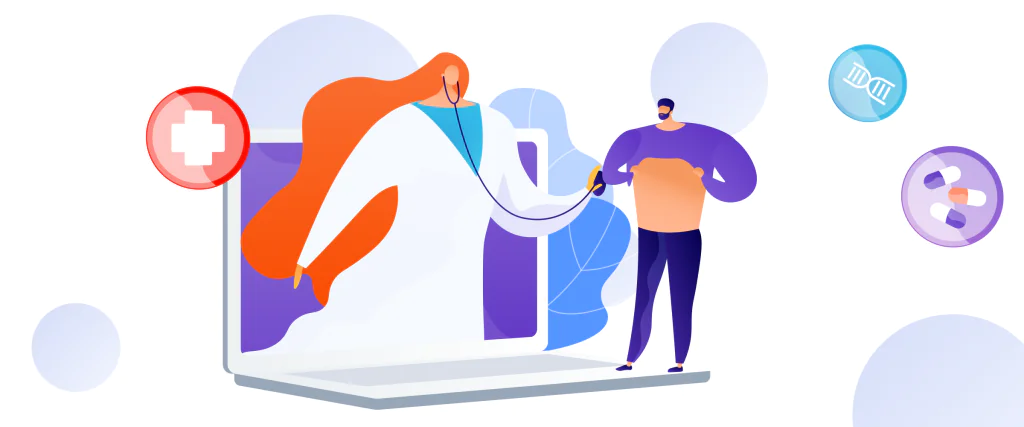Making things better, faster, and leaner, that’s what AI-driven software development is all about. Integrating AI into software products can help any business achieve incredible results. So, investing in an artificial intelligence software development company has become a trend among business leaders of today. If you consider taking your business to the next level, keep reading to learn how AI can boost your profits.
What Is AI-Driven Software Development?
Simply put, AI-driven software development is a method of adding AI to the software. The result creates an AI-powered platform or app that can be extremely efficient. AI-based tools are highly versatile as there are multiple applications for this technology.
Most often, these solutions are used for automation or to speed up research and analysis. In essence, an AI can do many of the things that a human data analyst can do. However, it processes data at extremely high speeds. In addition, it reduces the risk of human error.
The human expert is needed to make conclusions from the analysis. However, the bulk of gathering, processing, and sorting data can be done by a machine. And this type of AI-powered platform can be used in a great number of ways.
In addition, the machine learning technology that powers AI enables it to improve with every use. Therefore, all AI-based tools continuously grow more efficient, bringing more and more benefits to the user.
An artificial intelligence software development company can do both: use AI technology in the development process and create tools that use this tech.
During software development, AI can be applied at nearly every level:
- Understanding and refining requirements.
Outlining and defining requirements for a project is a part of a business analyst’s work in the IT industry. AI can be applied at this stage for automating manual tasks as well as gathering and processing information. The analyst can use this data to come up with a better list of requirements for the project. - Design of the app.
AI can assist with ensuring the accuracy of the app design. A specialized AI-powered platform can facilitate the work of designers and enable them to work faster. - Development of the application.
The actual development is long and hard work that requires a lot of effort from human experts. However, there are some coding tasks that can be automated. It’s a great way to reduce redundancy and speed up the development process. - QA testing.
QA software testing automation powered by AI can achieve outstanding results. AI can catch a greater number of mistakes and test the solution much faster. Human intervention is necessary but assisted by AI the overall productivity of a QA expert increases greatly.
Examples of AI-Driven Software Development in 2022
Personal Assistants
The majority of people now use AI without even thinking about how it’s actually an AI. We mean the use of personal assistants integrated into almost all smartphones and smart-tech. Siri, Google Assistant, and Alexa are the most popular among them. With every update, they offer a better and broader scope of services.
These assistants are versatile and can do everything from being your personal butler to running a smart home.

AI Content Generation Software
Content is becoming an ever more prevalent ‘currency’ in the modern world powered by information. Therefore, businesses that want to succeed in the digital space must consistently produce tons of fresh content. It’s hard and expensive work. However, AI-driven software development is offering ways to facilitate it.
Today, you can use an AI content generator, like Rytr or WriteSonic, that will produce texts of varying lengths. Depending on the solution and your subscription level, the levels of the texts will differ. They can range from average blog posts to short targeted messages that can be used as ads, for example.
Another type of an AI-powered platform that can be used for content marketing is Marquètte. Unlike a simple content generator, this product provides the user with information on any topic. Basically, you ask a question and Marquètte delivers an opinion on the matter drawn from the vast database of knowledge that AI can access.
This information can be used as inspiration for content writing or even as a social media post. It can provide you with answers to use on Quora and various forums as a part of your marketing strategy. Moreover, it can simply provide valuable insights that will help you understand a topic or make better business decisions.
Healthcare Apps
AI-driven software development is extremely valuable for the healthcare industry. Variations of the same personal assistants we use daily can literally save people’s lives. There are monitoring apps powered by AI that keep track of a patient’s vitals.
There are apps like Covera Health that reduce the instances of misdiagnosis by combining databases and offering a more detailed list of symptoms. Apps like Well by Chapel Hill, NC, provide people with medical guidance to improve their quality of life. There are also multiple chatbot assistants that help people access healthcare services from remote places.
Healthcare institutions, like the Massachusetts General Hospital, are investing in research and AI-driven software development to come up with unique diagnostic and treatment opportunities.
There are also apps that help manage one’s mental health. For example, Youper offers guidance in meditation and a chatbot to help relieve emotional stress.
Study Apps
An AI-powered platform can become a great learning aid as it itself learns while you are using it. This advantage has been realized in many AI-augmented study apps. For example, there is Socratic, which aids students who learn math, literature, science, and a few other subjects. The app processes images and provides explanations. So, a student only needs to take a picture to learn more about any subject.
AI-driven software development is also useful for language learners. There are apps like Elsa that help understand and learn languages dynamically. Some of them also offer translations in real-time. So, they help travelers as well.
In Conclusion: What Is the Future of AI-Driven Software Development?
The future of AI-powered apps is certainly bright. It’s crucial to understand that the list above is only a drop in the ocean of AI applications. Today you can find an AI-powered platform for marketing, self-driving cars, robotized factories, and many other tech made with the help of AI. Moreover, the number of these products is growing daily.
As it stands, a business that really wants to get the most out of technology today should be using the power of AI. But the question is how do you do this most efficiently?
The answer is simple, you talk to an artificial intelligence software development company about your business. From there on, our experts will be able to help you create a product that will bring the greatest value to your company. There is always a way to boost cost-efficiency and productivity for any business. We are here to help you achieve this!

